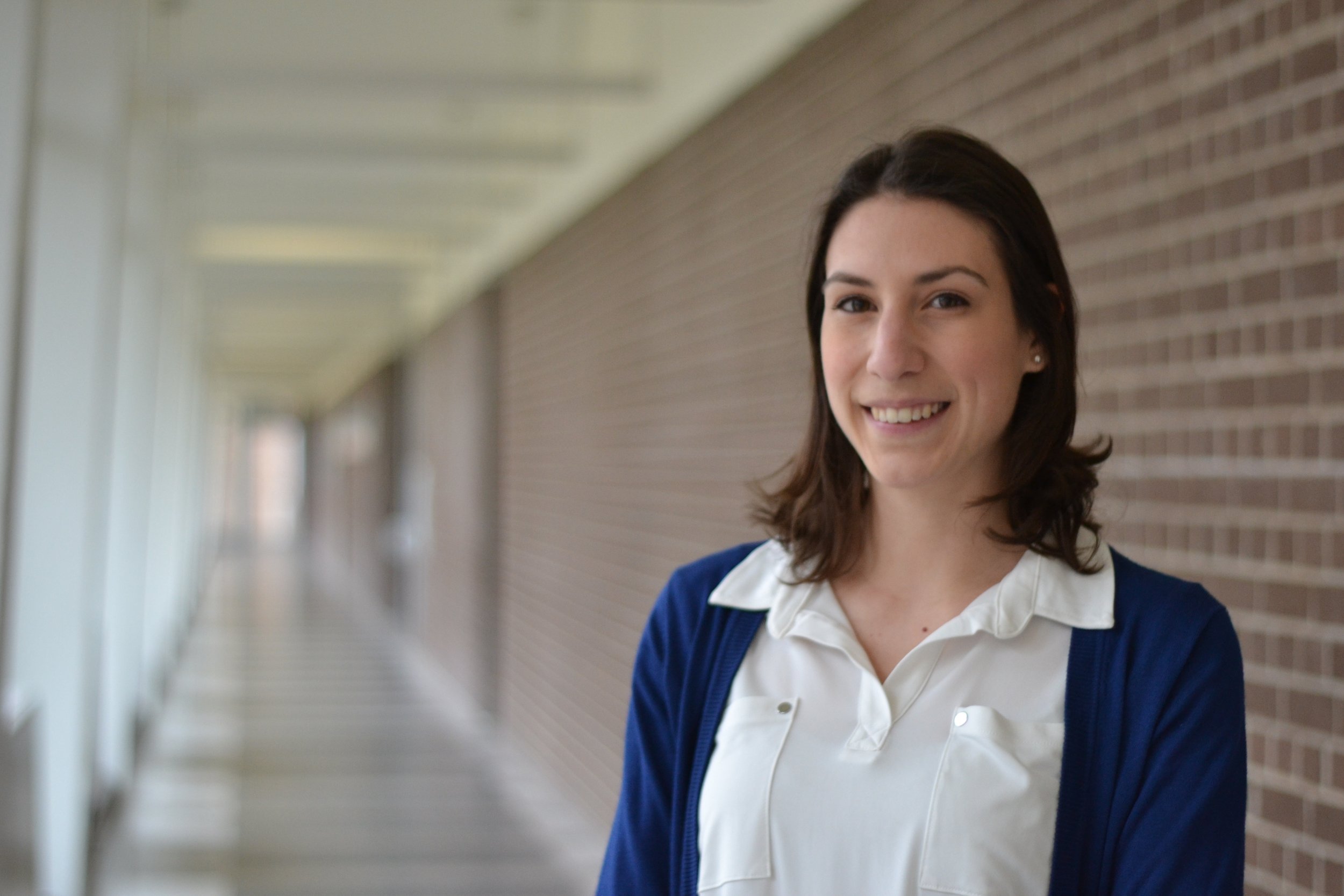Using a scaled model to assess the performance of the Penticton Creek restoration project, British Columbia
Elli Papangelakis, PhD
McMaster University
School of Earth, Environment & Society
Hamilton, Ontario, Canada
Authors:
Elli Papangela, School of Earth, Environment & Society, McMaster University, Hamilton, Ontario, CanadaLeif Burge & David Luzi, Stantec, Burnaby, British Columbia, Canada Marwan Hassan, Department of Geography, the University of British Columbia, Vancouver, British Columbia, CanadaLukas Mueller, Taylor Kenyon, Bruce MacVicar, Department of Civil and Environmental Engineering, University of Waterloo, Waterloo, Ontario, Canada
Flume experiments are popular tools for investigating questions of sediment transport and channel evolution but are less often used to assess the performance of river restoration projects. We present the design, construction, and preliminary results of a set of flume experiments that aim to test the performance of a river restoration design in Penticton Creek, British Columbia under large flood events. Our goals were to examine the stability of placed spawning gravel in the constructed channel under two magnitudes of flow: the two-year return flood, and the 200-year return flood, which the design was based on. Experiments were conducted in a 1.2 m wide, 15 m long tiltable flume at the University of Waterloo. The experimental channel was scaled at 1:30 using Froude-scaling to preserve the fluid forcing in the channel, resulting in a 30 cm wide and 9 m long channel set to a 2.1% slope manufactured from extruded polystyrene (XPS) insulation foam panels with added roughness to mimic the proposed design. Computer Numerical Control (CNC) machining was used to carve an exact scaled replica of the designed restoration channel from a CAD surface. Two separate sand mixtures scaled from proposed spawning gravel material were added to the bed and the channel was exposed to the scaled flows over several hours. Detailed imagery and three-dimensional surfaces of the channel bed were captured using photogrammetry techniques at a 2 mm resolution and sediment outputted from the channel was trapped, collected, and weighed. Preliminary results from the experiments show distinct responses and bed adjustments of the spawning gravel surface under different flow and substrate size conditions, providing useful insights for the restoration design. This project demonstrates the possibility of using low-cost and rapid manufacturing techniques to test river restoration designs before implementation and the fruitful collaborations between restoration companies and research partners.
About Elli Papangelakis, PhD
Elli is currently an Assistant Professor and the Fairley Gadsby Research Chair in Fluvial Geomorphology in the School of Earth, Environment & Society at McMaster University in Hamilton, Canada. She has received her education in both Geography and Engineering and has 10 years of experience in fluvial geomorphic research. Her research interests are in the geomorphic processes of urban rivers with a strong focus on river restoration and management. Her expertise is in sediment transport, channel dynamics, and bridging river science from geography and engineering perspectives. When not wearing waders and studying rivers, you can find her curling at the local rink.

